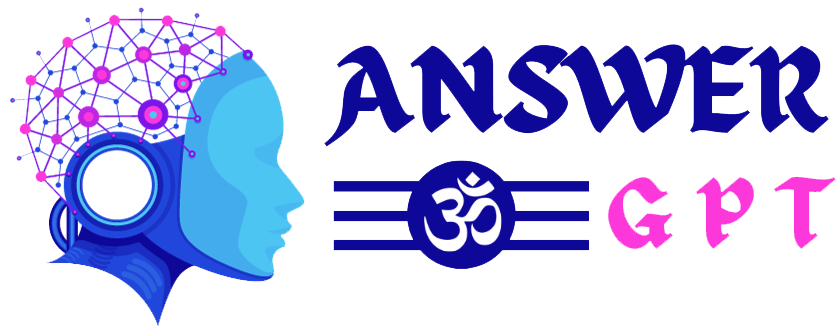1. Which of the following is not a project management goal?
- Keeping overall costs within budget
- Delivering the software to the customer at the agreed time
- Maintaining a happy and well-functioning development team
- Avoiding customer complaints
Answer :- Maintaining a happy and well-functioning development team Maintaining a happy and well-functioning development team is not typically considered a primary project management goal. While it's important to have a motivated and productive team, project management goals usually revolve around achieving specific outcomes related to scope, time, and cost. The other options—keeping costs within budget, delivering software on time, and avoiding customer complaints—are more aligned with traditional project management objectives. However, it's worth noting that team satisfaction and well-being can indirectly contribute to the success of a project by improving productivity and reducing turnover.
2. Which of the following does not constitute the role of a project manager?
- Integrator and coordinator
- Business case approval
- Project delivery
- Project planning and controlling
Answer :- Business case Business case approval does not typically constitute the role of a project manager. While project managers are involved in various aspects of planning, executing, and controlling a project, the approval of the business case often falls under the responsibility of higher-level stakeholders, such as senior management, executives, or sponsors. The business case is usually developed to justify the project's feasibility and align with the organization's strategic goals before the project manager becomes actively involved in its execution. The other options—integrator and coordinator, project delivery, and project planning and controlling—are all core responsibilities of a project manager.
3. Effective communication is one of the most important skills required by
- The project team
- The management
- The project Manager
- The project Contractor
Answer :- The project Manager
4. Which of the following is not an objective of a project?
- Scope
- Time
- Cost
- Accurate
Answer :- Accurate "Accurate" is not typically considered an objective of a project in the same way that scope, time, and cost are. The objectives of a project, often referred to as the "triple constraint" or the "iron triangle," are traditionally defined as scope, time (schedule), and cost (budget). These three factors represent the key dimensions that need to be managed and balanced throughout the project's lifecycle. "Accurate" seems to be more of a quality or characteristic that you might want in the execution of the project but isn't commonly categorized as a primary project objective like the others mentioned.
5. What does ‘R’ represent in a SMART project?
- Risk
- Relevant
- Realistic
- Resource
Answer :- Relevant Relevant: In the SMART criteria, "R" often stands for "Relevant" or "Relevance." This refers to ensuring that the project objective or goal is meaningful and aligned with the broader goals of the organization. The objective should contribute to the overall mission and strategy.
6. What does term ‘KSTT’ stands for with respect to project management?
- Knowledge, Skills, Tools and Technology
- Knowledge, Skills, Techniques and Technology
- Knowledge, Skills, Tools and Techniques
- Knowledge, Skills, Tools and Time
Answer :- Knowledge, Skills, Tools and Techniques The term 'KSTT' stands for Knowledge, Skills, Tools, and Techniques in the context of project management. This acronym represents the various elements and resources that project managers and teams need to effectively plan, execute, and control projects. It encompasses the knowledge and expertise required, the practical skills necessary, the tools and technology utilized, and the techniques employed to successfully manage and complete projects.
7. Which of the following is not a Project Management Maturity Model?
- SEI’s (Software Engineering Institute)
- Center for Business Practices
- ETI (Education Technical Institute)
- Kerzner’s model
Answer :- ETI (Education Technical Institute) ETI (Education Technical Institute) is not a commonly recognized Project Management Maturity Model.
8. What does ‘PMMM’ stands for?
- Project Management Measurement Model
- Project Management Maturity Model
- Project Management Mixed Model
- Project Management Mass Model
Answer :- Project Management Maturity Model. PMMM stands for Project Management Maturity Model. This refers to a framework or model that organizations use to assess and improve their project management practices and capabilities over time. It helps organizations understand their current level of project management maturity and provides a structured path for enhancing their project management processes, skills, and overall performance. Different PMMMs exist, such as those developed by various organizations or experts in the field.
9. _______ is an organizational unit to centralize structure with specific mandated that can include an enterprise-wide perspective?
- Project Management
- Project Management Office
- Functional department
- None of the above
Answer :- Project Management Office (PMO) Project Management Office (PMO) is an organizational unit that centralizes project-related structures and activities with a specific mandate that can include an enterprise-wide perspective. PMOs are responsible for defining and maintaining project management standards, processes, methodologies, and practices within an organization. They provide support, oversight, and governance for projects and programs, ensuring that they align with organizational goals and strategies.
10. What are the determinants of project success as per Iron Triangle?
- Resources, Cost, Performance
- Knowledge, Time, Resources
- Cost, Skills, Performance
- Cost, Performance, Time
Answer :- The determinants of project success as per the Iron Triangle, also known as the Triple Constraint, are Cost, Performance, and Time. These three factors are interrelated and form the core dimensions that project managers must manage and balance throughout the lifecycle of a project. This is often represented as: Cost: The budget or financial resources allocated to the project. Performance: The quality and scope of the project deliverables, meeting the specified requirements. Time: The schedule or timeline for completing the project.
